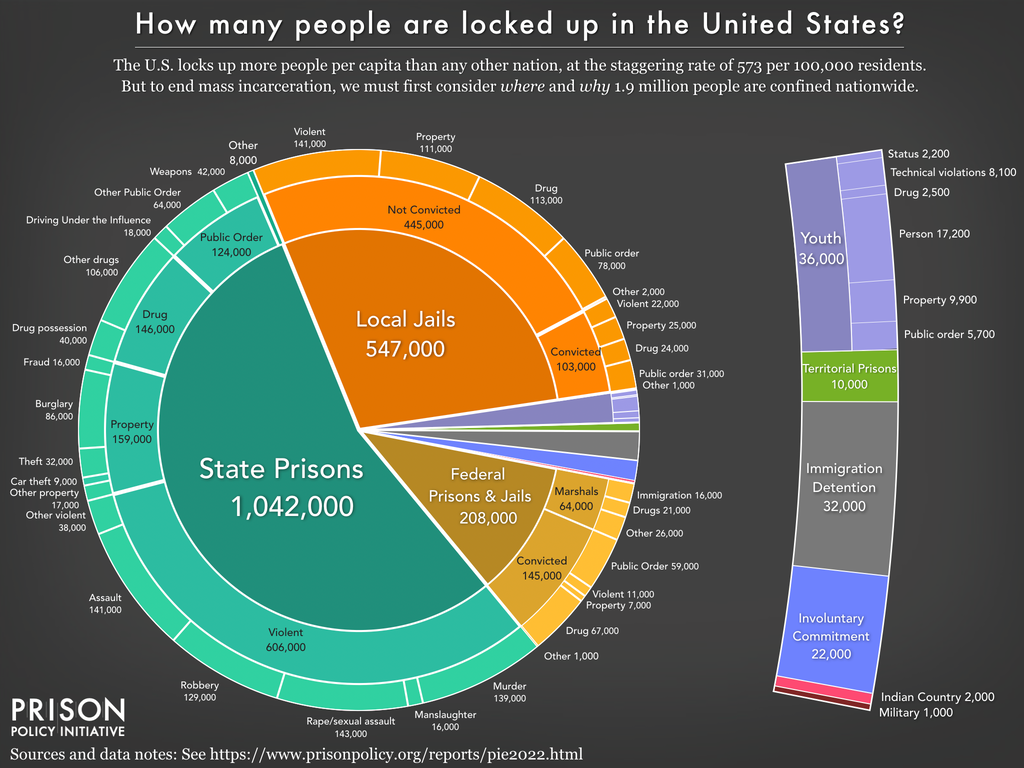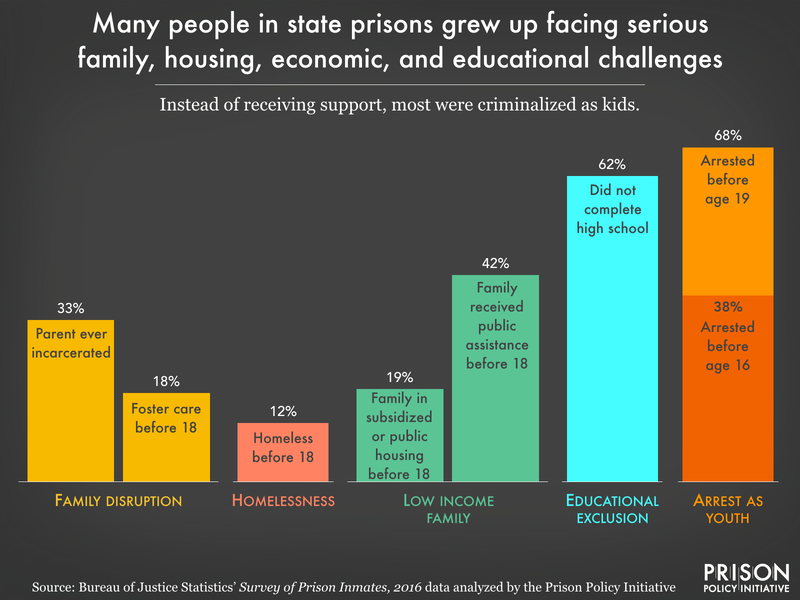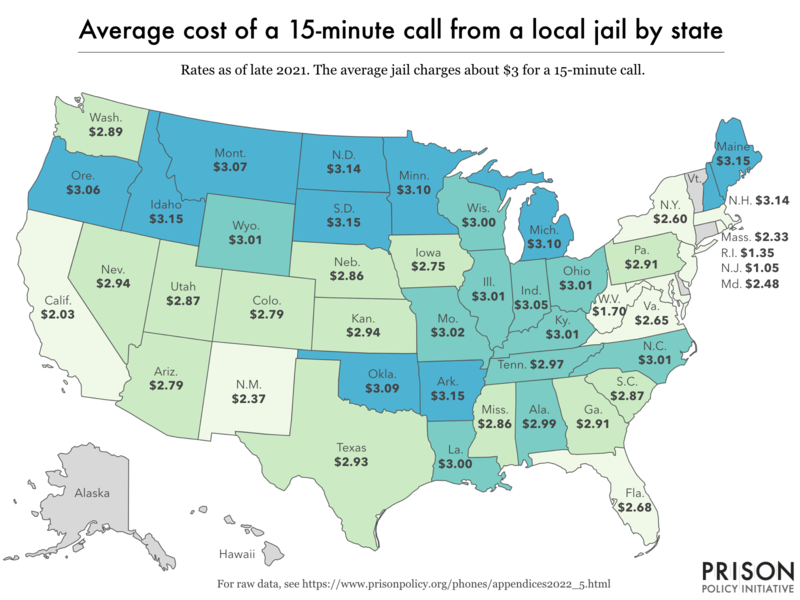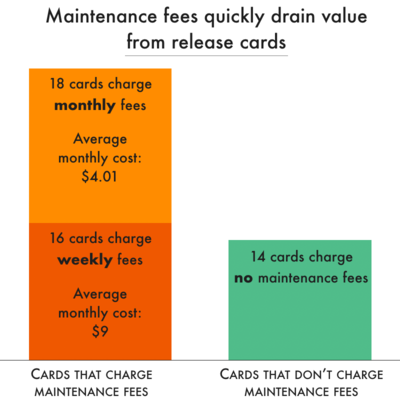11 of our most important reports, briefings, and tools in 2022
From a deep dive into the bail industry to new tools for advocates, here are the highlights of our work in 2022.
by Wanda Bertram, December 21, 2022
Didn’t catch everything we published in 2022? We’ve curated a list of some of our best work from this year below. From a deep dive into how the bail industry exploits the legal system and deceives the public, to an extensive database showing where people in state prisons come from, to new tools for advocates, here are the highlights of our recent work:
Mass Incarceration: The Whole Pie 2022
Our annual Whole Pie report returned in 2022, after pandemic-related data problems forced us to cancel it last year. The report compiles national data sources to offer the most comprehensive view of how many people are locked up in the U.S. — and where they are being held — two years after the COVID-19 pandemic began. It explains how the pandemic has impacted prison and jail populations, and pieces together the most recent national data on state prisons, federal prisons, local jails, and other systems of confinement to provide a snapshot of mass incarceration in the U.S.

All Profit, No Risk: How the bail industry exploits the legal system
Our report exposes how commercial bail companies and their deep-pocketed insurance underwriters almost always avoid accountability when they fail to do their one job: ensure their clients’ appearance in court. We explain how the bail industry exploits — and works to expand — six loopholes in the system that allow it to avoid paying up when defendants don’t show up. The report reveals the money bail system is not only cruel to defendants — as our 2016 report Detaining the Poor showed — it is also corrupt beyond repair.

Beyond the Count: A deep dive into state prison populations
In a groundbreaking report series, we used a new Bureau of Justice Statistics dataset to provide a demographic picture of the 1 million people in state prisons today. The first report in this series, Beyond the Count, shows that the national prison population comprises people struggling with poverty, substance use disorder, and housing insecurity, people who have been marginalized throughout their lives. (For instance, 38% of people in state prison were arrested for the first time before they were 16 years old.) The data show that not only does this country allow millions of children to grow up in poverty, but many of those children grow up to fill state prisons.

Chronic Punishment: The unmet health needs of people in state prisons
This national report offers the most recent data on the health of people in U.S. state prisons, showing that prisons continue to ignore the plight of people in their care. People in prison suffer from several chronic illnesses and infectious diseases at disproportionate rates — such as hepatitis C, HIV, and mental illness — and prisons fail to get many people the treatment they need. 50% of incarcerated people also lacked health insurance before prison, underscoring the reality that our criminal justice system punishes poverty.
What the end of Roe v. Wade will mean for people on probation and parole
In the 13 states where the fall of Roe is expected to lead to abortion bans (or already has), a total of 216,000 women are on probation or parole. In a short but impactful briefing, we explain why these women are especially affected when states outlaw abortion: Supervision often comes with a ban on out-of-state travel, extending complete state control over someone’s right to choose.
Where People in Prison Come From: The geography of mass incarceration
What communities do people who are incarcerated come from? It’s a simple question with huge implications, and one that, until recently, was impossible to explore. However, thanks to recent reforms to end prison gerrymandering in more than a dozen states, the data is finally available to answer it. We published datasets showing where people in 12 state prison systems come from, down to the county, city, and — in many cases — neighborhood level. We made the data sets publicly available online so that other researchers can use them to better understand how mass incarceration harms communities and correlates with other measures of community well-being.
State of Phone Justice: The problem, the progress, and what’s next
How much should it cost to stay in touch with Mom or Dad when they’re locked up? We built a nationwide database of the (often exorbitant) phone rates in 50 state prison systems, as well as thousands of local jails and other detention facilities of various types. Our data show that while some jails and their phone companies provide calls for as low as 1 or 2 cents a minute, the vast majority charge 10 times that amount or more. Working-class families’ phone call costs are lining the pockets of corporations and boosting jail revenue, and even as regulators and legislators make attempts at reform, companies are finding new ways to price-gouge consumers.

Mail scanning: A harsh and exploitative new trend in prisons
In the last 5 years, prisons in at least 14 states have replaced physical mail sent to incarcerated people with scans, we explained in a short report. The same companies that sell phone services to jails are also encouraging prison and jail systems to ban mail, claiming that it will deter dangerous “contraband” from coming in. But there’s no evidence that this policy — which has a chilling effect on family communication and therefore, quite probably, a negative effect on people’s ability to succeed after prison — does anything to make incarcerated people safer.
Advocacy Toolkit
This year we released our new Advocacy Toolkit, a collection of guides and training materials that advocates can use to strengthen their campaigns to end mass incarceration. It provides tips on accessing public records, securing and organizing data, crafting persuasive narratives, and creating impactful visuals. It also includes issue-based guides on protecting in-person visits in prisons and jails, opposing jail expansion, and ending prison gerrymandering.
Insufficient funds: How prison and jail “release cards” perpetuate the cycle of poverty

We’re continuing our work showing how states — often at the encouragement of private companies — look for ways to punish incarcerated people even after their sentence is over. This briefing exposes how prisons and jails are increasingly disbursing the tiny amounts of money people are owed when they’re released via prepaid debit cards. The cards, managed by companies that profit off incarceration, are riddled with fees for everything from checking your balance to making a purchase. Rather than helping people rebuild their lives post-release, these companies are sapping people of the little money they have.
Correctional Contracts Library
Prisons and jails routinely contract with private companies to provide services, such as phone calls, money transfers, commissary, and release cards. Through our work to expose the worst practices in this industry, we’ve developed a large database of contracts and other documents that spell out the terms of the agreements governments have with these companies. For the first time ever, we’ve put these documents together in one place so researchers, activists, policymakers, and journalists can build upon our work to expose the harms of mass incarceration.
This is only a small piece of the important and impactful work we published in 2022. In total, we released 19 reports, more than 35 briefings and blog posts, hundreds of data visualizations, and added hundreds of new items to our Research Library.
Our work is far from over, though. We’ve got big things planned in 2023, when we’ll continue to expose the ways mass incarceration has failed and highlight solutions that keep our communities safe without expanding prisons, jails, and the carceral system.
















Now we are in the ‘hopper’ so to speak. Don’t let me forget the minuscule amount of drugs has awarded people enormous amounts of ‘correctional’ time. Where are we now? Thousands of laws later we can take pride in being ‘the incarceration nation’ with 5% of the world’s population AND 25% of the world’s incarcerated. Frivolous laws and pressurized voting is our way of dealing.
Now, let me get back to the ‘hopper’ issue I brought up. When the public reads, views, or hears the words ‘Sex offender’ the reptilian brain kicks in, and nothing beyond the last syllable registers. The last NCMEC publication indicated 917,000 registered men, women, and children (6, 8, and 10 in some states) across our nation. Have we delved into ‘root cause’ issues? Not so much! Have we created roadblocks in the name of public safety? Absolutely, just as with the drug issue. Legislative voting at the state and federal levels is a moot point. So much to do…so little time!
We are in the hopper now who is next? Vicki Henry – Women Against Registry